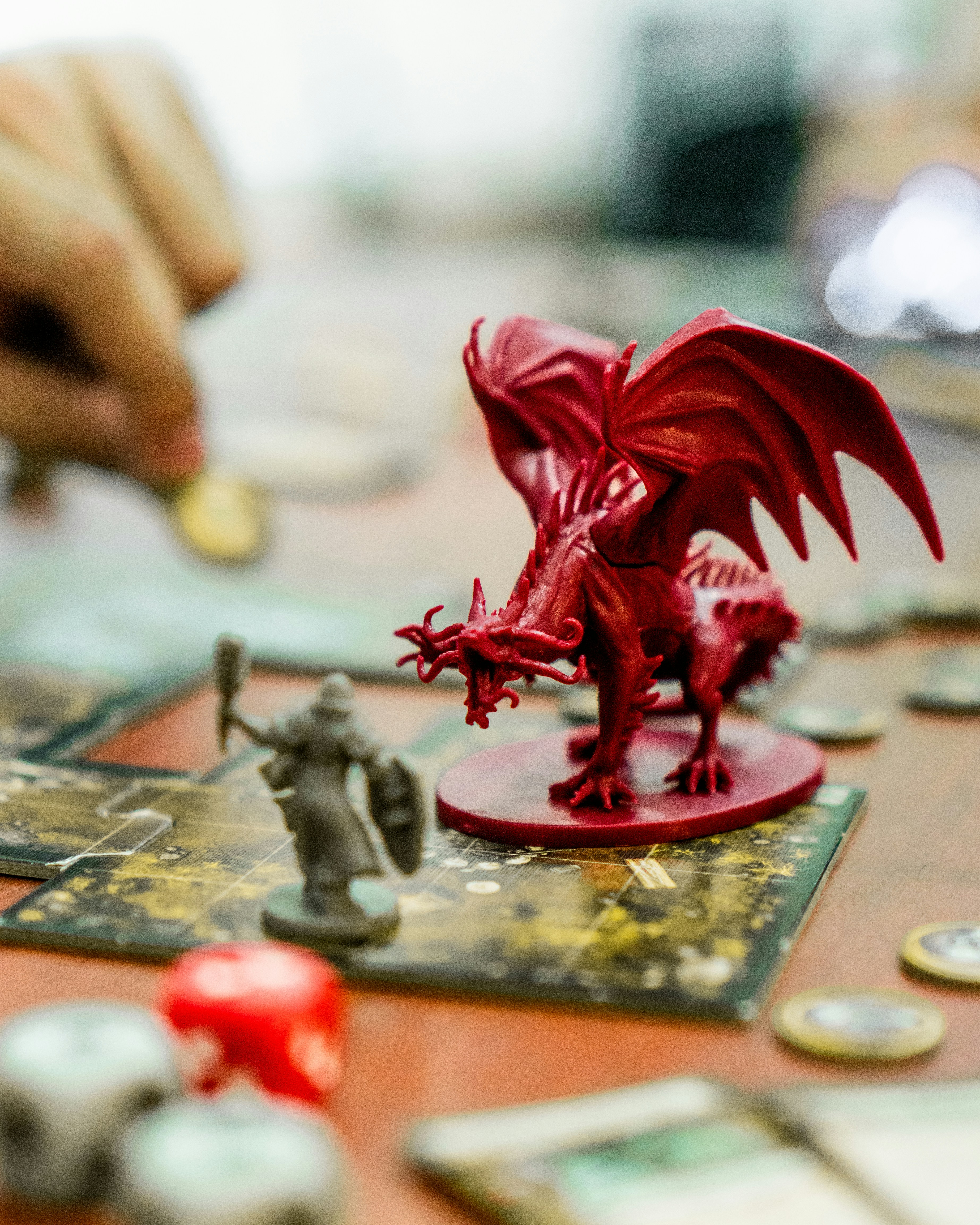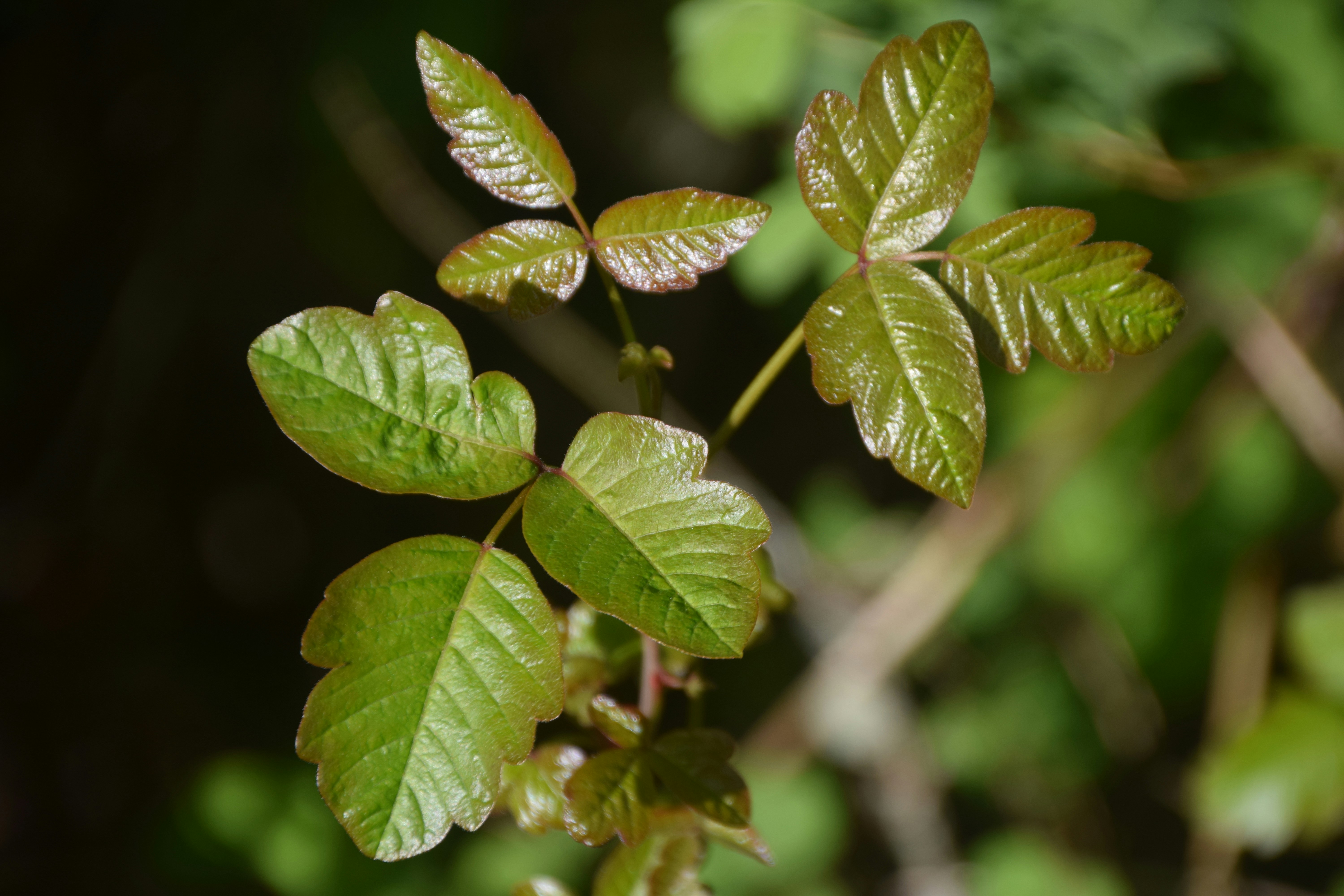Build A DnD Character... With Science!
What’s this? No clever story intro?
That’s right, friends; we’re going off script today! Today, we’re going to be looking at how I incorporated science into my Dungeons and Dragons character that I crafted for Science and Sorcery’s “Playing for Palestine” game! We’re crossing into tabletop games once more.
(Also, FYI: small announcement at the end of the post for those who want to keep up with my blog posts but don’t have social media!)
Wait, What Were You Doing?

For 3-ish hours, I played a fun little game of the game Dungeons and Dragons (DnD). Many readers will have seen me talk about this game previously, but for those who don’t know, DnD is where you play characters with special/magical abilities that let you solve (usually magical) problems and fight fantasy villains.
As a player, I get to make a character who has a specific job, or “class.” For the short game I played in, I choose to play a “monk,” or a martial artist. Her name was Donna, and she ran her own kickboxing studio. In the context of the game, she arrives at a greenhouse to find and possibly save Dr. Greenthumb (that’s as much as I can give without spoilers).
Unfortunately, at the time of writing this, I can’t find the youtube video for the game. Once the game goes up, I’ll add the link here!
If you managed to watch the show live, you’d notice that I played Donna extremely chill… almost too chill. Why did I choose this characterization? Long story short, I put my lowest score in Intelligence and my highest in Wisdom, which I realized would work for a character who was “totally into the vibes.” I also thought it’d be a great joke for the cannabis-themed game: the stoner-esque character isn’t actually a stoner. She’s that way sans any medication.
But I was prepared with one cannabis fun fact in case anyone did ask about her! The plant’s toxins stimulate CB1 and CB2 receptors in the neural system that are responsible for cognitive and emotional processes. CB1 and CB2 are appropriately the cannabinoid receptors.
Why Play A Monk?
My first reason was because my own DnD players have used monks against me in my game, so I wanted a taste of the power.
The second reason was that I wanted a plant-inspired character, and I realized the “Way of Mercy” Monk (a specific flavor of the class) would be perfect for my idea. This is due to the special features of Way of Mercy, “Hand of Harm” and “Hand of Healing.” As I continued to build this character, I realized that the “Stunning Fist” feature of the monk also worked into my plant theme.
You see, plants have toxins that are perfect explanations for the subclass’s special features and traits. Rather than have mystal energy flow through my enemies to freeze them, I was going to inject them with science!
I thought “Hand of Healing” would be the simplest to “sciencify,” but in the end, the stunning strike feature was surprisingly simple to add science flavor to.
Key note here: You’ll notice that there’s less linked articles for this blog post. That’s because I was taking everything straight from Google searches. I was in a bit of a rush to write down everything, and I was also looking specifically for simple mechanisms that I could explain on the fly during a live game.
Science Options for “Hand of Healing”
I thought this feature would be the simplest to add some science spice to it, but I had to do a bit of digging for “healing” mechanisms of plants that were simple enough for what I was looking for. There were some anti-inflammatory effects from plants that would have taken a while to explain on camera.
These are taken directly from my notes:
White Willow Bark- contains salicin, which is molecularly similar to aspirin. It’s rough on the stomach. Helps keep inflammation down, much like [aspirin!](https://en.wikipedia.org/wiki/Aspirin In fact, salicin was used to produce aspirin with sodium and acetyl chloride.
Turmeric- contains curcumin, which is an anti-inflammatory chemical that is used to improve both rheumatoid arthritis and Inflammatory Bowel Disease.
Unfortunately, these were the only plant-based medications that I could find before the game session, but I was quite proud of finding salicin (and confirming it with a. I did find this article here that covers anti-inflammatory effects of common herbs, but many of the pathways that most of the herbs affected were not exactly the simplest to explain in a sentence or two (which is important in case I wanted to spout science facts in the middle of combat. The last thing I wanted was to slow down the flow of the game while I droned on and on about plants).
Science Options for Hand of Harm

I was slightly concerned at how many more options I was able to find for the “Hand of Harm” feature, which allows me to add a bit of extra damage when I hit something.
Straight from my notes:
Aloe- contains aloin, which prevents one’s colon from reabsorbing water (I know this one isn’t the most detrimental in terms of effects, but since I study the colon in my research, I thought it would be a fun little toxin to throw in there).
Foxglove- causes Digoxin toxicity, which causes confusion, blurred vision, and decreased energy. Digoxin toxicity is caused by deadly glycosides. It is absorbed via skin or digestion.
Nightshade- contains alkaloids, which are chemicals from plants or animals that contains at least 1 nitrogen molecule. Poisoning with alkaloids leads to loss of balance and blurred visions.
The toxins in this list were ones that focused on causing discomfort and nausea. While the “Hand of Harm” trait actually lets me add some necrotic damage to my attacks, a lot of the deadly plant toxins that I found didn’t really lead to cell death, or necrosis (which is what the “necrotic damage” in my trait’s description refers to).
If I really wanted to focus on necrosis, I could have let my “Hand of Harm” be laced with Neofusicoccum parvum, a fungal pathogen in plants that contains proteins that cause necrosis.
Science Options for Stunning Strike
This science-flavored version of the monk feature, Stunning Strike, is unsurprisingly centered around neurotoxins, or toxins that go after the nervous system. See, this feature works by my character striking an opponent and attempting to make them lose a turn in the game aka “stun” them.
Straight from my notes:
Hemlock- contains coniine and alkaloids. Coniine inhibits acetylcholine receptors (which means that the nerves can’t interact with the chemical acetylcholine), leading to muscles not being able to contract. Specifically, this can target your respiratory muscles, which means you can’t breathe.
Monkshood- contains aconitine, which is a neurotoxin and cardiotoxin, which means that this plant toxin targets the body’s nerves and muscles. Specifically, it depolarizes the neurons, which translates to “being unable to send a signal down the nerve.” It opens up the calcium channels, and makes it so that the neurons can’t use calcium to send their signals. While aconitine can cause nausea and vomiting, it can also lead to breathing problems, muscle spasms, and death.
The flavor of the Stunning Strike feature lent itself to be combined with neurotoxins. There’s plenty of neurotoxins in the plant kingdom, so I chose plants that I predicted people would be most familiar with when preparing my science list.
Why No Poison Oak, Ivy, or Sumach?
—

(Disclaimer: I don’t actually know for sure if the picture above is for sure poison oak. Unsplash didn’t lable it fantastically. I’m 80% confident, but if it’s wrong, please let me know!)
Despite their name, the aforementioned plants don’t actually poison you when you get a rash. The rash many of us get when we make contact with these plants is actually an allergic reaction to the oil from the plants, specifically the compound urushiol. Allergic reactions are cause by your own antibodies and immune systems overreacting to the compound, and not the compound actually targeting anything in your body.
Takeaways?
—
A short but sweet post! We love to see it. If you play DnD and haven’t played this flavor of monk, I highly recommend it. There’s something about using Hand of Harm that’s extremely satisfying.
Also, a small announcement! For my readers who want to keep up with my blog posts but don’t use social media, I’ve started a newsletter that you can subscribe to and receive links to my blog posts! I’m still experimenting with the newsletter, so it’s currently all over the place in terms of content (behind the scenes for my projects, such as a concept art I made for Donna!), but I’m keeping the links for blog posts right at the beginning so that if you’re only interested in the blog, you don’t have to wade through a mass of words!
Link for newsletter here.
I’ll see you next time! Happy writing/ character creating!
